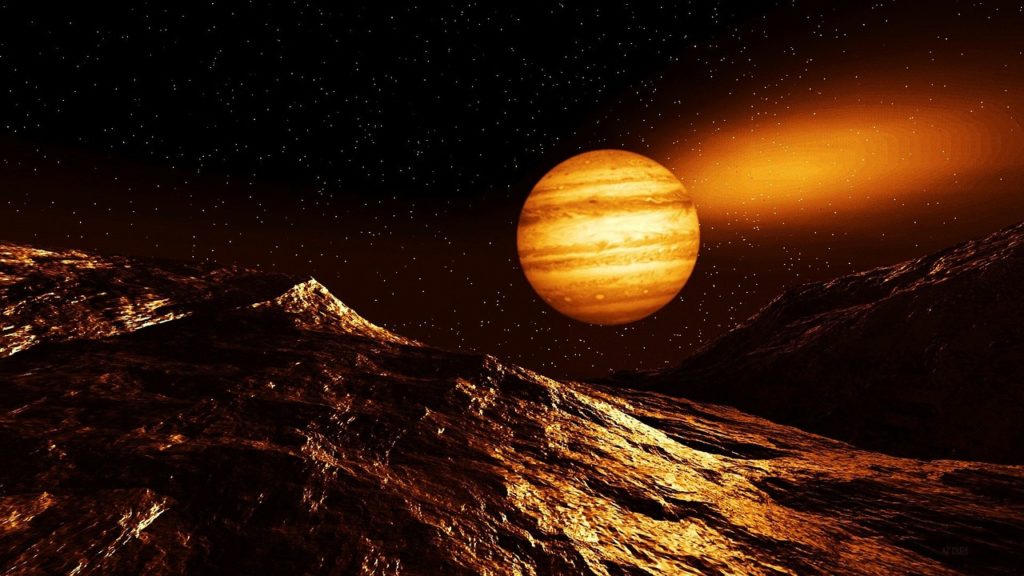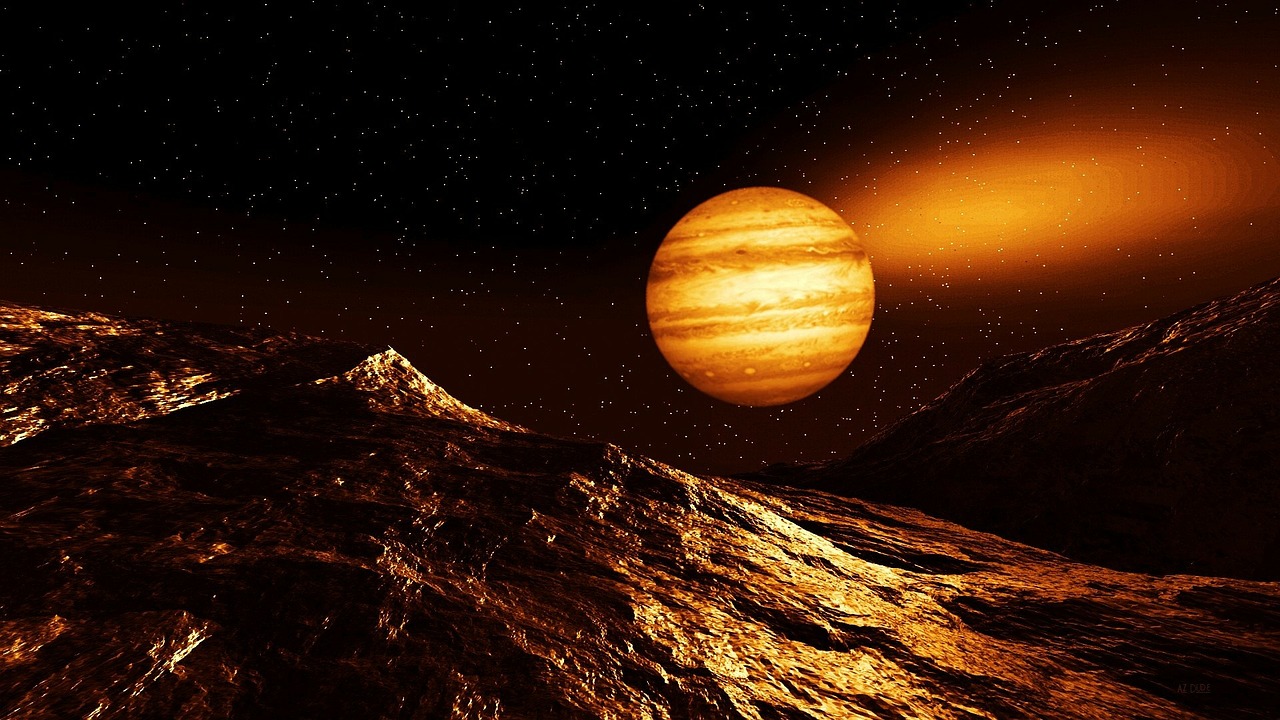
The US National Aeronautics and Space Administration (NASA) has given the greenlight to Europa Clipper, a mission that will investigate the possibility that Jupiter’s moon Europa is habitable, the agency said on 19 August.
This decision allows NASA engineers to progress to completion of final design, followed by the construction and testing of the entire spacecraft and science payload.
The mission is intended to conduct an in-depth exploration of Jupiter’s moon Europa and investigate whether the icy moon could harbour conditions suitable for life, improving humankind’s insights into astrobiology.
Under the current projected schedule, the probe will be launched in 2023 and will orbit Europa for around three years, collecting information about the moon’s subsurface ocean. Scientists believe that this ocean may contain microbial life.
The mission will carry a “highly capable, radiation-tolerant” spacecraft that will perform repeated close flybys of the icy moon from a long, looping orbit around Jupiter. The craft’s payload of selected scientific instruments will include cameras and spectrometers to produce high-resolution images of the moon’s surface, and determine its composition.
The Europa Clipper will attempt to determine the thickness of the moon’s icy shell and search for subsurface lakes, like those beneath Antarctica, using an ice penetrating radar. It will also carry a magnetometer to measure the strength and direction of the moon’s magnetic field so scientists can find out how deep and salty its ocean is.
It will use a thermal instrument to “scour” the moon’s surface for recent eruptions of warmer water, while using other instruments to search for evidence of water and tiny particles in the thin atmosphere.
NASA’s Hubble Space Telescope observed water vapor above the south polar region of Europa in 2012, providing the first strong evidence of water plumes. If the existence of the plumes can be confirmed, it will help scientists to investigate the chemical makeup of the moon’s potentially inhabitable environment while minimizing the need to drill through layers of ice.
The agency has plans to also send a lander to Europa in 2025. The United States Congress has mandated the agency to launch the Europa Clipper and the Europa Lander missions on the Space Launch System – a vehicle whose development has reportedly been beset by delays.
“We are all excited about the decision that moves the Europa Clipper mission one key step closer to unlocking the mysteries of this ocean world,” Thomas Zurbuchen, associate administrator for the Science Mission Directorate at NASA Headquarters in Washington, said in a statement.
“We are building upon the scientific insights received from the flagship Galileo and Cassini spacecraft and working to advance our understanding of our cosmic origin, and even life elsewhere,” he added.
NASA’s Jet Propulsion Laboratory in Pasadena, California, is leading the development of the Europa Clipper mission in partnership with the Johns Hopkins University Applied Physics Laboratory for the Science Mission Directorate.
The mission is managed by the Planetary Missions Program Office at NASA’s Marshall Space Flight Centre in Huntsville, Alabama.


Leave a Reply